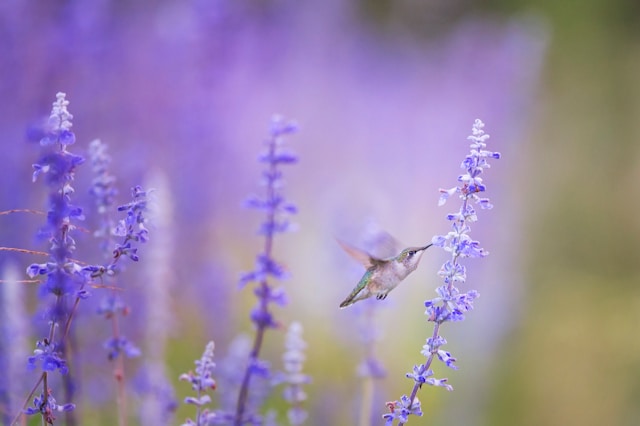Introduction
Studying bird behavior in New Zealand offers profound insights into the evolutionary adaptations and ecological roles of its avian species. This article delves into the fascinating world of bird behavior studies in New Zealand, highlighting key discoveries and ongoing research that contribute to our understanding of these unique birds.
Avian Communication and Social Dynamics
Birds in New Zealand exhibit diverse communication strategies and social behaviors. Species like the kea and tui are known for their complex vocalizations, used for mating displays, territorial defense, and social interactions. Researchers have uncovered how these vocalizations vary across populations and how environmental factors influence communication patterns.
Social dynamics among New Zealand’s birds vary widely. Some species, such as the kokako, form tight-knit family groups that cooperate in territorial defense and raising young. In contrast, solitary species like the kiwi exhibit unique nesting behaviors where males take the primary role in incubating eggs. These behaviors reflect adaptations to the island’s specific ecological challenges and predator pressures.
Foraging and Feeding Behaviors
The foraging behaviors of New Zealand birds showcase remarkable adaptations to the country’s diverse habitats. Endemic species like the piwakawaka (fantail) are adept at catching insects mid-flight, while shorebirds such as the variable oystercatcher use specialized bills to probe for invertebrates along coastal shores.
Research into feeding behaviors has revealed fascinating insights into diet specialization and resource partitioning among species. For instance, the iconic kiwi’s nocturnal habits and reliance on earthworms highlight its unique ecological niche. Studies on diet composition and feeding strategies contribute crucial information for conservation efforts and habitat management.
Breeding Strategies and Reproductive Biology
New Zealand’s birds employ diverse breeding strategies shaped by the island’s isolation and variable climate. Endemic species like the kaka demonstrate extended parental care periods, while others, like the little blue penguin, form monogamous pairs that cooperate in nest building and chick rearing.
Research on reproductive biology explores the timing of breeding seasons, nest site selection, and the impacts of climate change on breeding success. Studies have documented how changing environmental conditions affect chick survival rates and alter the timing of breeding behaviors.
Migration and Movement Patterns
Migration patterns among New Zealand birds vary greatly. While some species are sedentary and remain within specific habitats year-round, others undertake remarkable journeys across the Pacific Ocean. The bar-tailed godwit, for example, migrates from New Zealand to breeding grounds in Alaska, covering distances of over 11,000 kilometers non-stop.
Tracking technologies have revolutionized our understanding of migration routes, stopover sites, and the physiological adaptations that enable long-distance flights. Conservation efforts increasingly focus on protecting critical habitats along migration routes to ensure the survival of migratory bird populations.
Conclusion
Bird behavior studies in New Zealand continue to unravel the intricacies of avian life in this biodiverse island nation. From communication patterns and feeding strategies to reproductive biology and migration behaviors, ongoing research enhances our appreciation of these remarkable birds and informs conservation strategies aimed at safeguarding their future.
